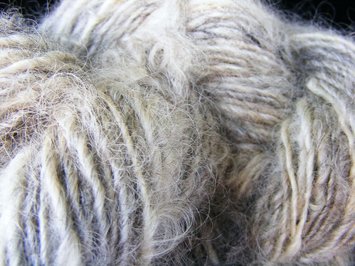
I love natural color wool. Shades of gray, brown, tan, cream- I love them all. I seek out colored fleeces and when I can find a good one…well... let’s say the stash is large. In the last month I have added an oatmeal color Shetland fleece and a charcoal gray Coopworth fleece.
It’s probably true that if not for handspinners, all sheep would be white. White wool is extensively used in the textile industry because you dye it a rainbow of colors reliably from batch to batch. But even the most numerous sheep in the world, the merino, can come in shades of brown and gray. So let’s honor those lovely fleeces that give us a wonderful range of earthy colors.
P.S. I included white in the pics below- it’s a lovely natural color after all. P.P.S. Yes, these are all my handspun yarns.
It’s probably true that if not for handspinners, all sheep would be white. White wool is extensively used in the textile industry because you dye it a rainbow of colors reliably from batch to batch. But even the most numerous sheep in the world, the merino, can come in shades of brown and gray. So let’s honor those lovely fleeces that give us a wonderful range of earthy colors.
P.S. I included white in the pics below- it’s a lovely natural color after all. P.P.S. Yes, these are all my handspun yarns.

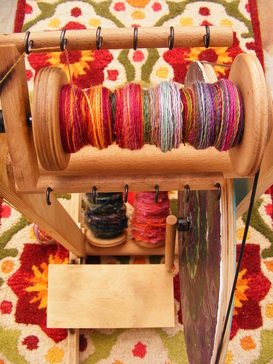
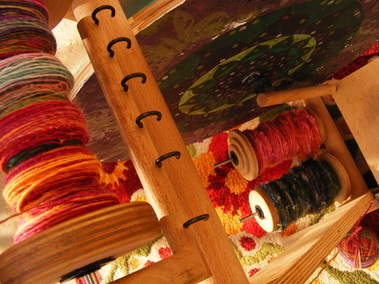
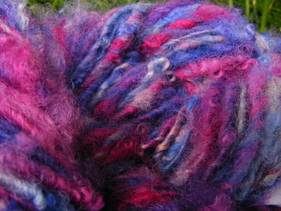
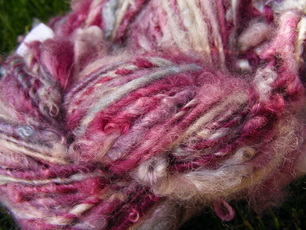

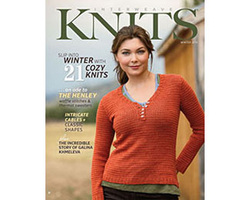
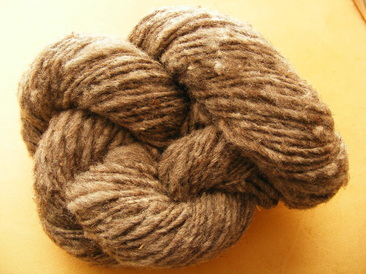
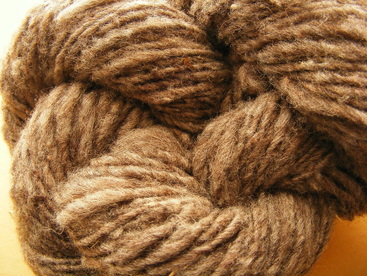
 RSS Feed
RSS Feed
